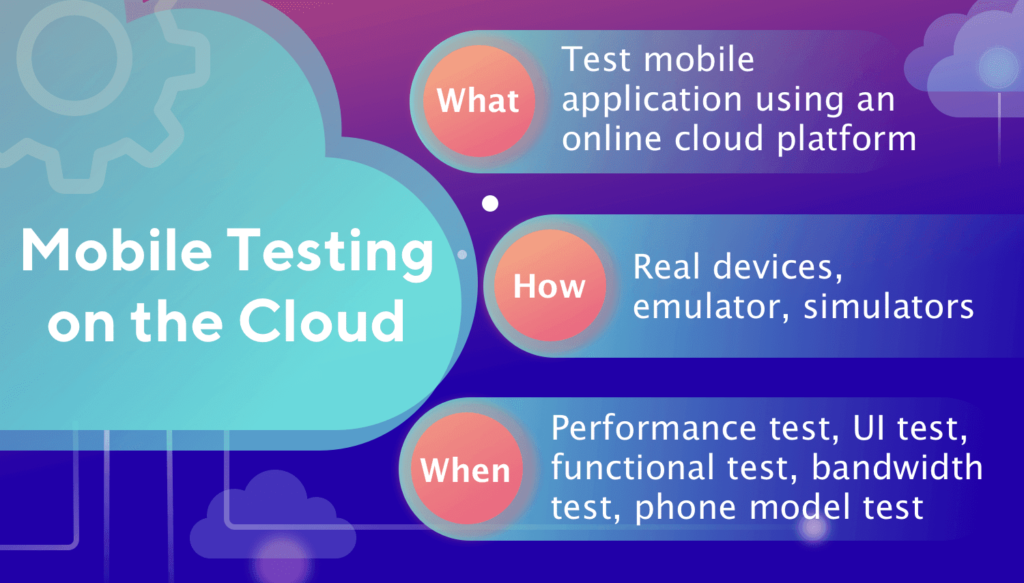Typically, a large number of nations have restrictions on SAR values. Therefore, during device testing, it can be utilized to determine whether the SAR value is greater than or equal to the given limit. Some of the organizations claim to have an IP6 rating or some other type of rating. So, to validate these types of accreditations, they require certifications from the appropriate authorities. Thereafter, it is verified during device testing that the device is up to standard.
Device testing, also known as mobile device testing, is typically performed to determine whether or not the software and hardware of the devices are functioning properly and delivering the desired results for which they were designed. They are also used to determine whether or not the device complies with industry standards and accreditation requirements.
Device testing is performed to verify the functionality of the software, or firmware, as well as the component that is being handled by the device.

Table of Contents
Advantages of Using Cloud-Based Device Testing

Let’s take a look at some of the benefits of cloud-based device testing.
Cost Effective
The cloud offers a lot of storage capacity—you can add more devices with a single click on your computer mouse. So you can deploy and use it with confidence. Moreover, once you don’t need a particular device, you can delete it right away. So, you only pay for what you use. It is more cost-effective for the company as well, because it reduces operating costs.
Continuous Access to Shared Resources
Since everything is hosted on the cloud and not on a computer that is not truly connected to the internet, you and your team will be able to access resources at any time of the day, regardless of the device being used. At an early stage in the SDLC, testers are able to detect bugs and the underlying causes of those bugs. Furthermore, because QA teams may be located in different time zones and have access to all resources at any time, cloud-based systems provide efficient test coverage in a short amount of time, resulting in improved coordination between teams and their methodologies.
Parallel Testing
Testing devices involves a large number of components, including browsers, operating systems, storage devices, and other components. However, due to the use of parallel device testing, it is possible to test all those components simultaneously rather than in a sequential manner as is traditionally done. Because of this, the company and its resources save time and achieve a great deal of work. Since the testing is being conducted parallelly, teams will be able to detect the bugs quickly.
Support for Automatic Updates
Most of the time, if we are using a local setup for device testing and a new framework for device testing has been released, we may find ourselves in need of new hardware. This can be expensive, and we may have to make configuration changes to make the new hardware compatible with the updates.
When you use a cloud-based device testing service, however, you can completely automate the process. Most of the time, upgrades are performed automatically, and new devices are added as they become available on the market. The cloud-testing vendors manage software updates for you invisibly and silently behind the scenes. As a result, cloud-based testing is intended to free up your time so you can concentrate on improving your software while vendors take care of updating your device testing software.
Disaster Recovery
Since all the devices and content are hosted on the cloud, the cloud service provider is responsible for backups and other responsibilities. Cloud service providers typically save backups in multiple locations, ensuring that there is another server available to process requests in the event of a server failure. It is also cost-effective, allowing organizations to save a significant amount of money and resources.
As a result, cloud testing helps assure the long-term viability of your business. It also enables organizations to be better prepared for audits by accessing prior data. For example, since cloud service providers often keep the data, you may configure backups or snapshots to be saved along with the data itself.
Conclusion
Cloud-based device testing has a number of advantages. The most important one is that it is cost-effective and offers a variety of capabilities that a corporation can take advantage of. It is possible for organizations with a distributed team to benefit from cloud-based device testing such that pooled resources are made available to each and every team. When a defect is discovered in a software, they are efficient at bringing it to the tester’s notice. Moreover, cloud-based device testing offers a wide range of benefits to corporations. Hence, the cloud plays a vital role in device testing.
